Disclosure: This article contains affiliate links. We may earn a commission from purchases at no extra cost to you, which helps our travel content.
There's a rhythm to the way Austrians approach food that reminds me of a well-composed jazz standard – traditional at its core but with room for personal interpretation. As I wandered through Salzburg's cobblestone streets this past autumn, the city revealed itself as more than just Mozart's birthplace or the backdrop for The Sound of Music. Between the Baroque architecture and Alpine vistas lies a culinary landscape that pulses with as much cultural significance as the music that made this city famous. Having spent years in Korea developing a palate for nuanced flavors and appreciating how food spaces reflect cultural identity, I found myself drawn to Salzburg's traditional eateries – places where centuries-old recipes are honored while still evolving with contemporary sensibilities. Much like the architectural harmony that defines this UNESCO World Heritage city, Salzburg's cuisine balances rich tradition with subtle innovation, creating a gastronomic experience that resonates long after the last bite.
Morning Melodies: Salzburg's Coffee House Culture
The day in Salzburg begins not with the sound of music, but with the gentle hiss of espresso machines and the clinking of porcelain cups against saucers. The coffee house culture here isn't just about caffeine—it's a cultural institution that rivals Vienna's famous café scene, just with a more intimate, less touristy atmosphere.
At Café Tomaselli, the oldest coffee house in Austria (operating since 1705), I watched as Kaffeedamen (coffee ladies) in traditional black dresses circulated with trays of pastries while locals lingered over newspapers. The space itself speaks volumes about Austrian design sensibilities—wood-paneled walls, marble tabletops, and bentwood chairs creating a harmony that feels both elegant and approachable.
What struck me was how families are welcomed into these seemingly sophisticated spaces. Unlike the hushed, adults-only atmosphere of many upscale cafés around the world, Salzburg's coffee houses embrace children as part of the cultural experience. My server at Café Bazar—another historic institution overlooking the Salzach River—explained that Austrians believe children should learn proper café etiquette early, just as they learn to appreciate classical music.
For the full experience, order beyond the familiar cappuccino. Try a Melange (similar to a cappuccino but with more steamed milk) or an Einspänner (black coffee topped with whipped cream). And don't leave without sampling Apfelstrudel served warm with a side of vanilla sauce, or the less internationally known but equally delicious Topfenstrudel made with sweet quark cheese.
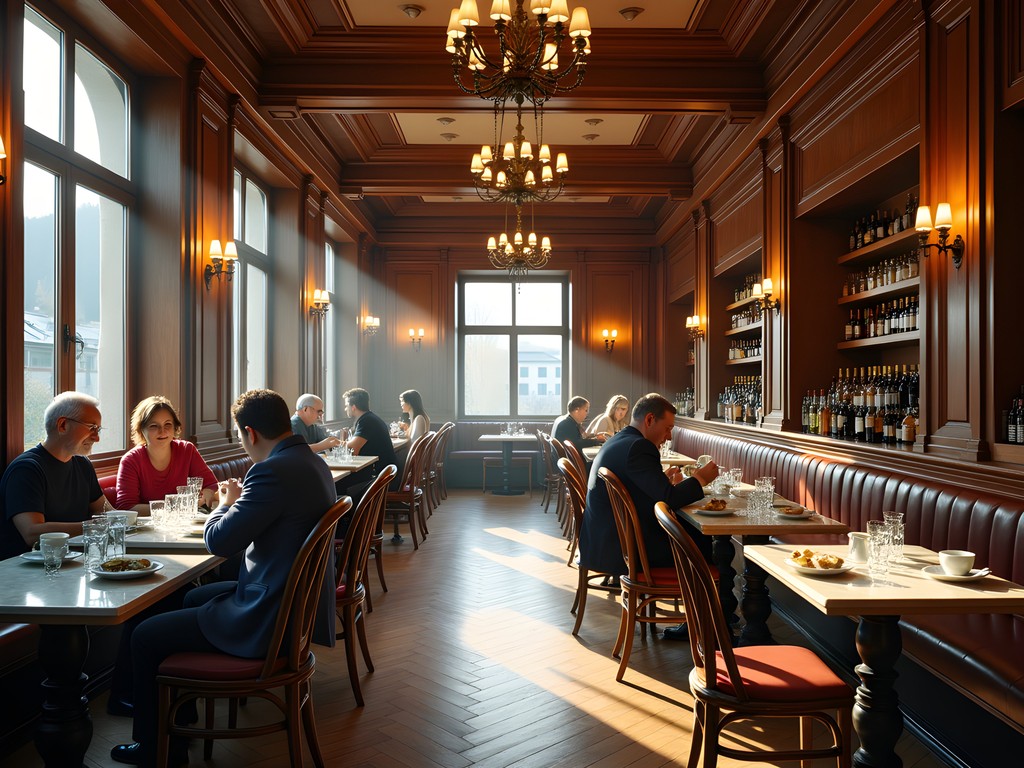
💡 Pro Tips
- Visit cafés between 10-11am for the most authentic local experience
- Coffee houses are cash-only establishments in many cases
- A proper Salzburg café visit should never be rushed—plan to spend at least an hour
Market Symphony: Navigating Grünmarkt Like a Local
If coffee houses represent Salzburg's refined indoor culture, then the Grünmarkt (Green Market) embodies its vibrant outdoor spirit. Located in Universitätsplatz, this centuries-old market creates a daily symphony of colors, aromas, and flavors that has remained remarkably unchanged despite the modern world swirling around it.
As someone who frequents Busan's traditional markets, I've developed an eye for authenticity, and Grünmarkt delivers it in spades. Farmers from surrounding Alpine regions arrive early, arranging produce in meticulous displays that would make any design enthusiast appreciate the thoughtful composition. The market follows seasonal rhythms—during my autumn visit, stalls overflowed with mushrooms foraged from nearby forests, alongside pumpkins, apples, and pears in varieties I'd never encountered.
For families exploring Salzburg, the market provides both entertainment and education. Children delight in the sensory experience while learning about local food traditions. My recommendation is to create a picnic from market finds—local cheeses, freshly baked bread, charcuterie, and seasonal fruit—then enjoy it along the Salzach River or in Mirabell Gardens.
I found myself particularly drawn to the honey vendors, where beekeepers offer tastings that reveal how different Alpine flower varieties influence flavor profiles. Before leaving, I purchased a jar of mountain pine honey to bring home to Busan—its complex, resinous sweetness now serves as a sensory souvenir, transporting me back to Salzburg with each taste.
Navigating the market efficiently requires proper gear. I always travel with my collapsible market bag which packs down to nothing in my daypack but expands to hold all my culinary treasures. For families, this becomes especially practical when little ones get tired of walking and parents end up carrying everything.
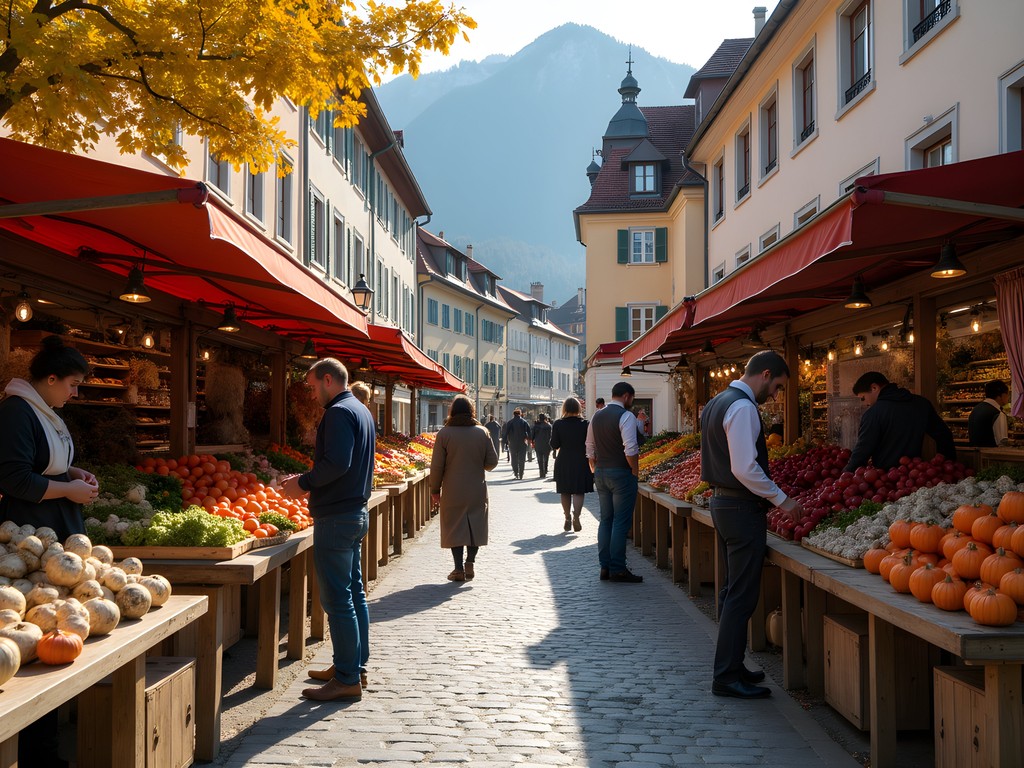
💡 Pro Tips
- Visit Tuesday through Friday mornings for the fullest market experience
- Bring cash in small denominations—most vendors don't accept cards
- Look for 'Direkt vom Bauernhof' signs indicating products directly from local farms
The Art of Alpine Comfort Food
Beyond the tourist-focused restaurants serving giant schnitzels lies the soulful heart of Salzburg's culinary tradition—hearty Alpine comfort food that reflects centuries of adapting to mountain life. These dishes tell stories of resourcefulness, preservation techniques, and the intimate relationship between landscape and plate.
At Zum Fidelen Affen, a traditional Gasthaus tucked away from the main tourist thoroughfares, I experienced what the Austrians call Gemütlichkeit—a concept encompassing coziness, contentment, and belonging that no English word fully captures. The restaurant's interior, with its low wooden ceilings, worn benches, and ceramic tile stove, creates an architectural embrace that enhances the dining experience.
Here I discovered Kasnocken—spätzle dumplings mixed with caramelized onions and melted mountain cheese—a dish that exemplifies Alpine cuisine's elegant simplicity. Each region around Salzburg has its variation, with different cheese blends reflecting hyperlocal dairy traditions. The Tafelspitz (boiled beef with horseradish and apple sauce) offered another revelation: a preparation so basic yet so perfectly executed that it transcends its humble ingredients.
For families with children, these traditional establishments prove surprisingly accommodating. Most offer Kinderteller (children's plates) featuring smaller portions of authentic dishes rather than the standard international kids' fare. This cultural immersion through food provides children with genuine insight into Austrian life.
To capture these flavors at home, I invested in an Austrian cookbook that has allowed me to recreate some of these dishes for my friends in Busan. The recipes connect us to Salzburg's culinary heritage even from thousands of miles away, proving once again that food remains one of travel's most transportable souvenirs.
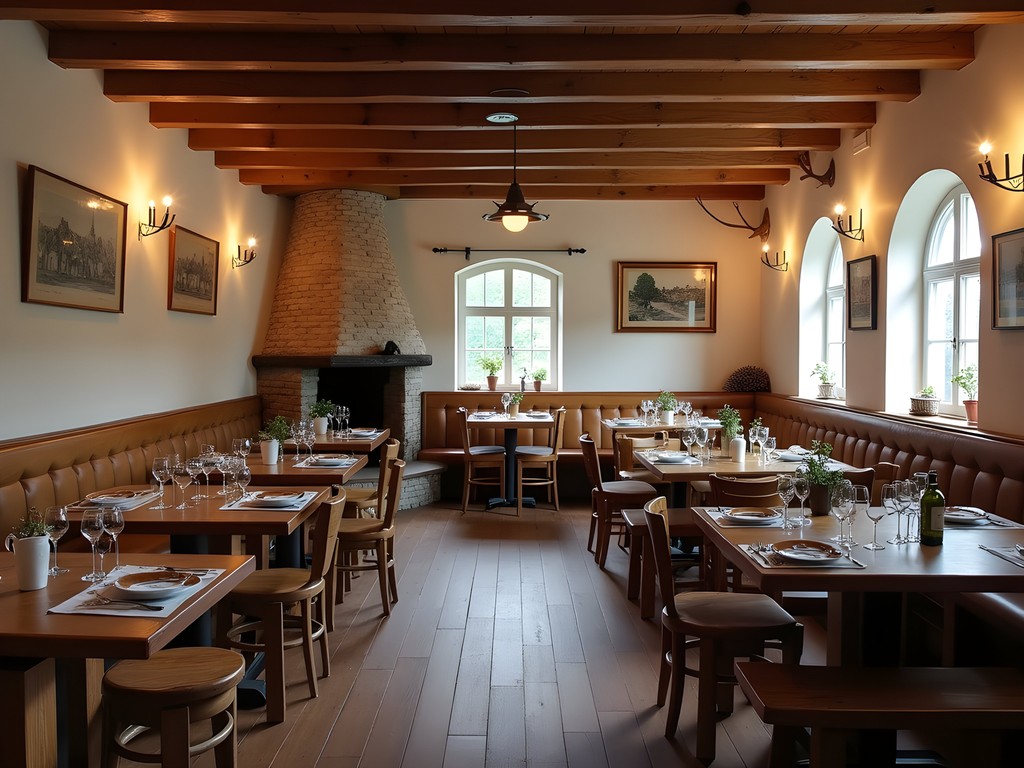
💡 Pro Tips
- Lunch is typically the main meal for Austrians—plan your biggest meal midday for the most authentic experience
- Reservations are essential for traditional Gasthäuser, especially for dinner
- When ordering meat dishes, specify your preference for doneness—Austrians typically cook meat more thoroughly than Americans might expect
Sweet Harmonies: Salzburg's Dessert Traditions
If architecture is frozen music, as Goethe suggested, then Salzburg's pastries are edible architecture—structured, precise, and beautiful in their formal execution. The city's dessert traditions reflect both its proximity to the former Habsburg Empire and its unique regional identity.
My background in design appreciation found perfect application in Salzburg's pastry shops, where the visual composition of each sweet creation is as important as its flavor profile. At Konditorei Fürst, I witnessed the birthplace of the original Mozartkugel—that perfect sphere of pistachio marzipan, nougat, and dark chocolate that embodies Austrian precision. What fascinated me was learning about the mathematical calculations behind achieving the perfect chocolate coating thickness.
Beyond the famous Mozart balls, Salzburg offers less internationally known but equally impressive confections. The Salzburger Nockerl, a soufflé-like dessert said to represent the three mountains surrounding the city, demonstrates how landscape inspires culinary creation. At Café Sacher, I sampled their version of the famous Sachertorte, slightly different from Vienna's original but no less magnificent in its architectural precision.
For families with children, these sweet experiences become memorable adventures. Many confectioneries offer workshops where visitors can try their hand at traditional techniques. I participated in a strudel-making class at K+K am Waagplatz, where the instructor's patient guidance reminded me of jazz improvisation—working within traditional structures while allowing for personal expression.
Capturing these delicate creations required proper equipment. My compact travel camera proved perfect for food photography, allowing me to document these edible artworks in challenging indoor lighting without disturbing other patrons. The flip screen made it easy to capture overhead shots of intricately designed pastries—images that now serve as sweet reminders of Salzburg's attention to detail.
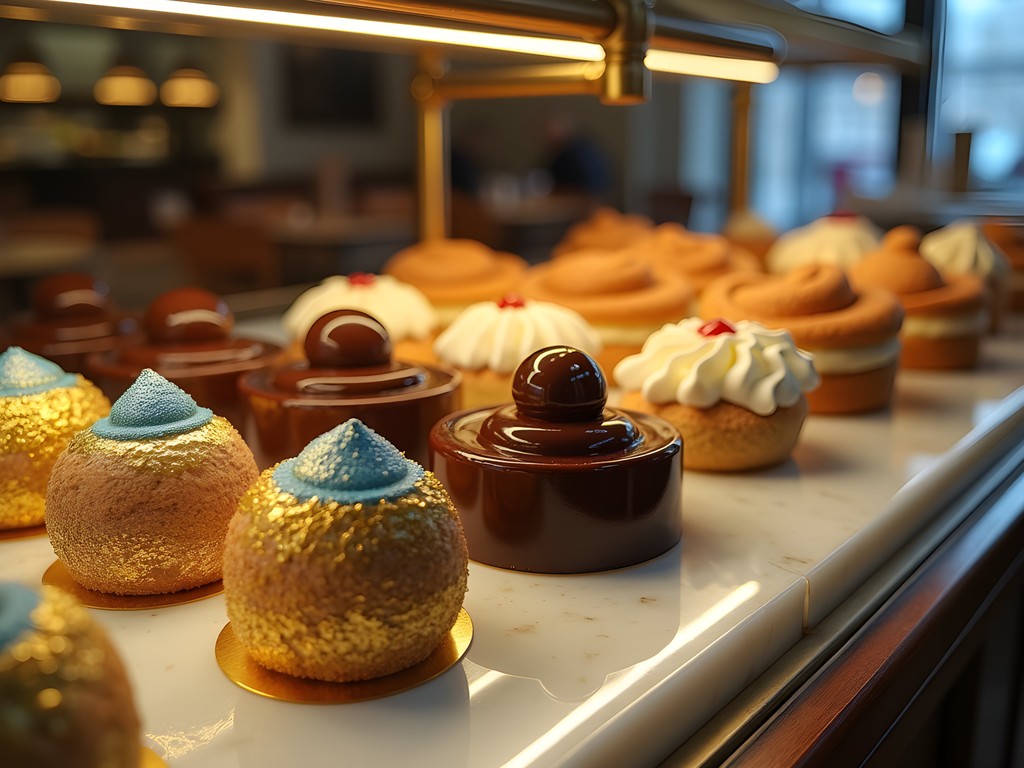
💡 Pro Tips
- Most pastry shops offer shipping services for edible souvenirs
- Visit pastry shops during afternoon coffee hour (3-5pm) for the freshest selection
- Ask for seasonal specialties not listed on regular menus
Family-Friendly Food Adventures
Traveling with children through Salzburg's culinary landscape doesn't mean sacrificing authenticity for convenience. In fact, Austrian culture embraces family dining in ways that many other European destinations don't, making it an ideal place for young palates to expand their horizons.
At St. Peter Stiftskeller, reportedly Europe's oldest restaurant (dating back to 803 CE), I watched as staff interacted warmly with children, providing them with simplified explanations of historic dishes and even offering behind-the-scenes peeks into the centuries-old cellar. The restaurant's courtyard, set against the cliff face of Mönchsberg, creates a magical setting that captivates diners of all ages.
For families seeking more interactive experiences, Salzburg offers several hands-on options. The Salzburg Marionette Theater combines cultural immersion with dining through their special Mozart dinner concerts, where children are fascinated by both the puppetry and the historical dining customs. At the Edelweiss Cooking School, families can participate in making traditional Austrian dishes together—an experience that teaches not just cooking techniques but cultural values around food preparation.
When dining with children in Salzburg, timing becomes crucial. Austrian dinner service typically begins later (around 7pm) and can move at a leisurely pace. For families with younger children, I recommend the Austrian tradition of Jause—a late afternoon meal similar to British high tea but featuring savory options like open-faced sandwiches alongside sweets. Places like Café Würfel Zucker offer excellent Jause options in a relaxed atmosphere where children are welcome.
For keeping track of family food adventures, I recommend using a travel journal where children can paste in menu cards, draw memorable dishes, or write about new flavors they've tried. This creates a tangible memory of their culinary discoveries that will last far longer than digital photos alone.
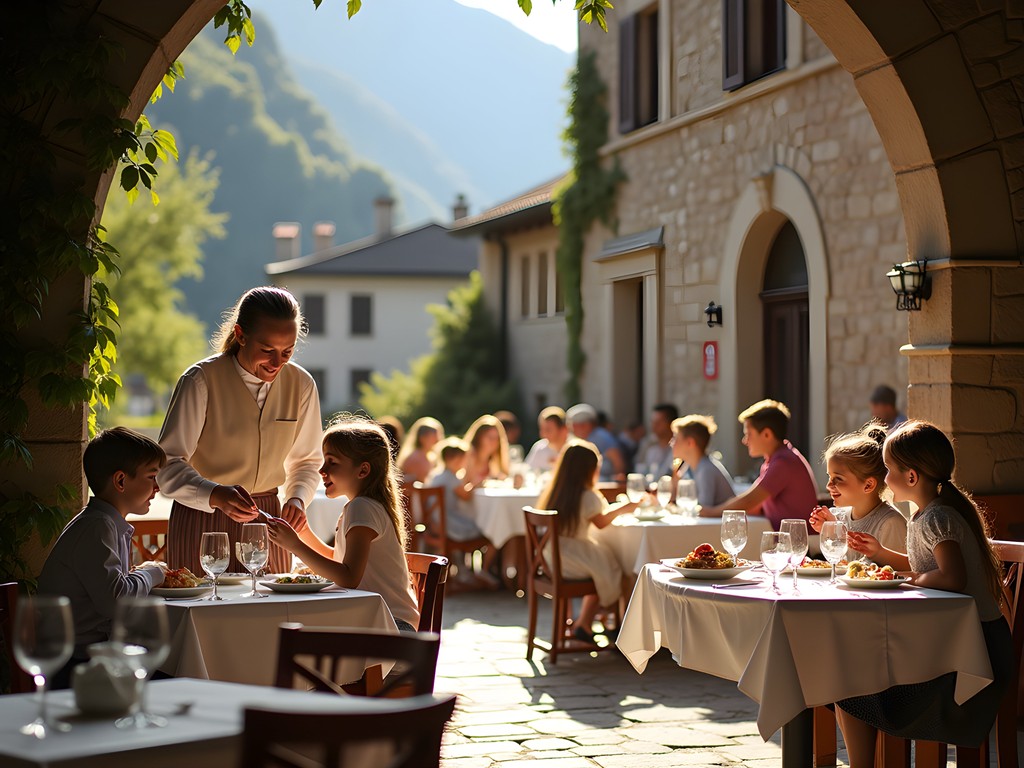
💡 Pro Tips
- Many restaurants offer 'family tables' (Familientisch) where multiple families can dine together—a great way for kids to meet locals
- Ask for 'Kostproben' (taste samples) if your child is hesitant about trying new foods
- Most traditional restaurants offer half-portions of adult dishes for children at reduced prices
Final Thoughts
Like a well-composed piece of music, Salzburg's culinary identity reveals itself in movements—from morning coffee rituals to evening comfort foods, each experience building upon the last to create a harmonious whole. What makes this city's food culture truly special isn't just the preservation of traditions but the way those traditions remain living, breathing practices rather than museum pieces. As you plan your family journey to Salzburg, I encourage you to venture beyond the tourist menus and famous Mozart balls. Seek out the neighborhood Gasthäuser, engage with market vendors, and allow your children to participate fully in these authentic food experiences. The memories created around Austrian tables will resonate long after the journey ends, becoming part of your family's own cultural composition. After all, the most meaningful souvenirs are the ones we carry within us—the flavors, rhythms, and connections that transform us as travelers and as human beings.
✨ Key Takeaways
- Salzburg's culinary scene balances tradition with accessibility, making it ideal for family food exploration
- Local markets and coffee houses provide cultural immersion beyond typical tourist experiences
- Austrian dining culture welcomes children as participants rather than spectators
- The best food experiences happen away from the main tourist areas in neighborhood establishments
📋 Practical Information
Best Time to Visit
September to early November
Budget Estimate
€50-100 per day for food (family of four)
Recommended Duration
2-3 days for culinary exploration
Difficulty Level
Beginner
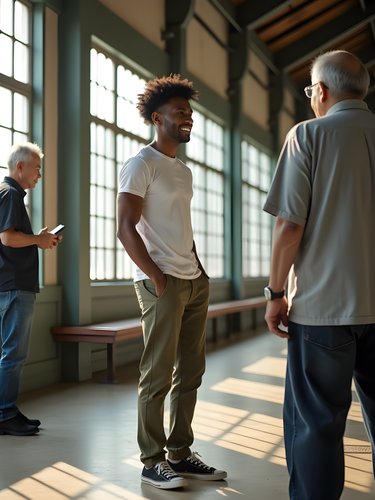
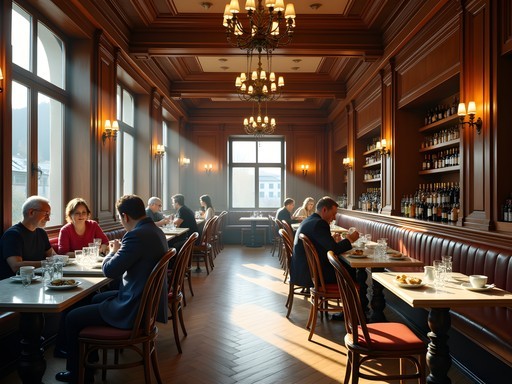
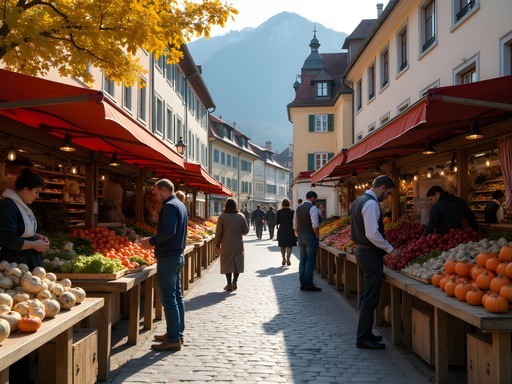
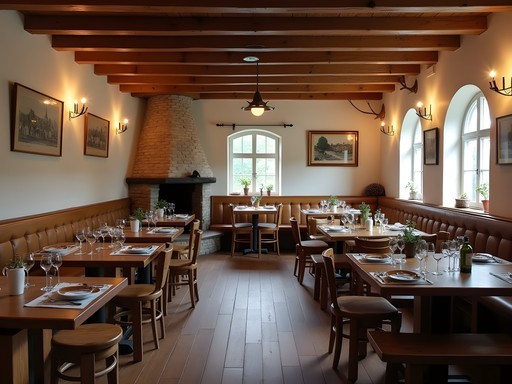
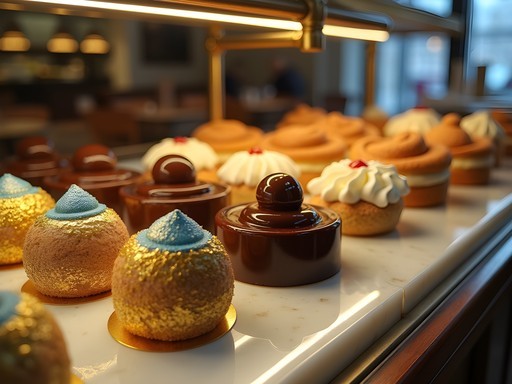
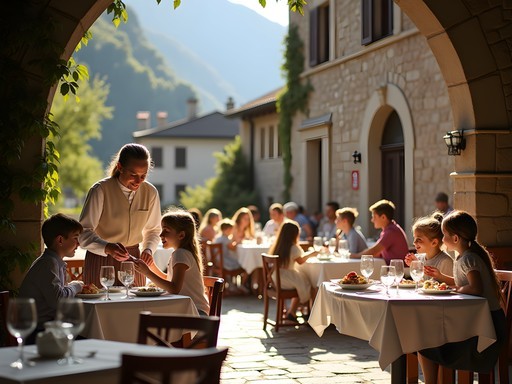










Comments
Casey Andersson
Carter, your culinary jazz metaphor is spot on! I spent three weeks in Salzburg last autumn and found myself falling into that same rhythm. The coffee culture was my favorite part - I'd start each morning at Café Tomaselli watching the waiters in their formal attire balancing trays of perfect melange. Did you try the Salzburger nockerl? That cloud-like soufflé completely changed my dessert standards forever. I'd also recommend venturing just outside the city to some of the farmhouse restaurants where they make their own cheese - absolute heaven paired with their dark country bread.
mountainpro
Hey Casey, any specific farmhouse restaurants you'd recommend? Planning a trip for December and would love to try authentic local cheese!
Casey Andersson
Absolutely! Check out Gasthof Schloss Aigen - it's about 15 minutes from the city center by bus. Their house-made alpine cheese plate is divine, and they pair it with the most incredible mountain herb bread. In December, they'll have their winter menu with lots of hearty dishes too.
mountainpro
Thanks so much! Adding it to my list right now.
wanderwalker
Those coffee houses sound amazing! Can't wait to try them when I visit next spring.
Savannah Torres
Carter, your post brought back so many memories! We took our kids to Salzburg last winter and they still talk about the hot chocolate and Salzburger Nockerl. The way you captured the rhythm of meals there is perfect - it really is like a well-orchestrated experience. One tip for families visiting: our kids loved the pretzel stands at Grünmarkt, and it was a great way to keep them energized between sightseeing. We also found that many restaurants had special children's portions of traditional dishes so they could try everything without waste. I used the Salzburg Card which included some nice discounts at a few traditional restaurants too. Your coffee house recommendations are going in my notes for our next visit!
adventureguy
Those pretzel stands sound perfect for a quick snack! Were they expensive?
Savannah Torres
Not bad at all! About €3-4 for a huge, fresh pretzel. Much better value than most quick snacks in touristy areas.
exploreway
Love how you compared Austrian food to jazz. Perfect description!
winterwalker
Just got back from Salzburg last week and this post is spot on! The Grünmarkt was a highlight for us - we picked up some amazing cheeses and that farmer's bread you mentioned. We also stumbled upon this tiny place serving the most incredible Kaiserschmarrn I've ever tasted, just off Getreidegasse. The coffee house culture really is something special there. Wish I'd read this before going, would have tried more of these recommendations!
exploreway
Do you remember the name of that Kaiserschmarrn place? I'm going in October!
winterwalker
I think it was called Schmankerl or something similar! Small place with only about 8 tables. Worth seeking out!
skymate
Those desserts look incredible! Definitely saving this for my trip.
adventureguy
Great post! I'm heading to Salzburg next month and definitely want to try some authentic food beyond the tourist spots. Any specific coffee houses you'd recommend that aren't overrun with tourists?
Carter McDonald
Café Bazar is my go-to! It's right along the river with a great view of the old town, and while tourists do find it, it's still popular with locals. For something more hidden, try Café Fingerlos in the new town area.
adventureguy
Thanks so much! Adding both to my list. Can't wait to try that coffee culture for myself.
smartwalker
Just got back from Salzburg and tried that kasnockn (cheese dumpling) dish you mentioned - absolutely incredible! The waitress told us it's actually a favorite hangover cure for locals. We also found this tiny place making fresh apple strudel where you could watch them stretching the dough paper-thin. Your coffee section was spot on - took me three tries to order correctly!
Carter McDonald
Haha, the coffee ordering is definitely an art form! Glad you enjoyed the kasnockn - I'm craving some right now just thinking about it. Was the strudel place near the fortress or in the old town?
smartwalker
It was in the old town, down one of those tiny side streets off Getreidegasse. I think it was called Schatz-Konditorei or something similar. Worth hunting for!
Savannah Torres
Carter, I love how you captured the rhythm of Salzburg's food culture! Your Grünmarkt section brought back so many memories. When we visited with our family last summer, we made a game with the kids to try one new thing from each market section. The farmer who sold us those tiny alpine strawberries ended up giving the children extra samples of everything! We bought bread and cheese there for a picnic by the fortress and it was one of our favorite meals of the trip. For anyone going, I'd recommend bringing a small cutting board and knife in your daypack - we used our pocket knife constantly for impromptu picnics throughout our Austria trip.
traveltime
Great post! We're visiting Salzburg in October with kids. Any specific restaurants you'd recommend that are good for families but still authentic?
Savannah Torres
Not Carter, but we took our kids (8 and 11) to Gasthaus Zwettler's last summer and they loved it! The staff was super friendly, they have a children's menu with smaller portions of traditional dishes, and it's casual enough that you won't stress about the kids being kids. My daughter still talks about their cheese spätzle!
traveltime
Thanks Savannah! Adding that to our list. My kids are picky eaters so it's helpful to know there are child-friendly options.
Venture X
Premium card with 2X miles, $300 travel credit, Priority Pass